
“The Far North, with its grim yet powerful and mysterious nature, with its eternal ice and almost endless night, has always attracted me,” Alexander Borisov once wrote in his book ‘In the Land of Cold and Death’. Since his childhood, he dreamed of visiting the place and he couldn’t even imagine yet that his fascination with the North would bring him fame as a painter.
Borisov was born in the Russian North, not far from the city of Vologda, into a poor peasant family. His native village didn’t even have a school, so he learned how to read and write from his neighbor, through the ‘Book of Psalms’. Back then, the boy had never heard about painting – he had only seen religious icons. Only when master artists visited the village to paint inside the local church, did Borisov, for the first time, see a fresco painted on a wall. He was astonished by what he saw and grew literally obsessed with painting. He acquired a children’s book and began copying its illustrations.
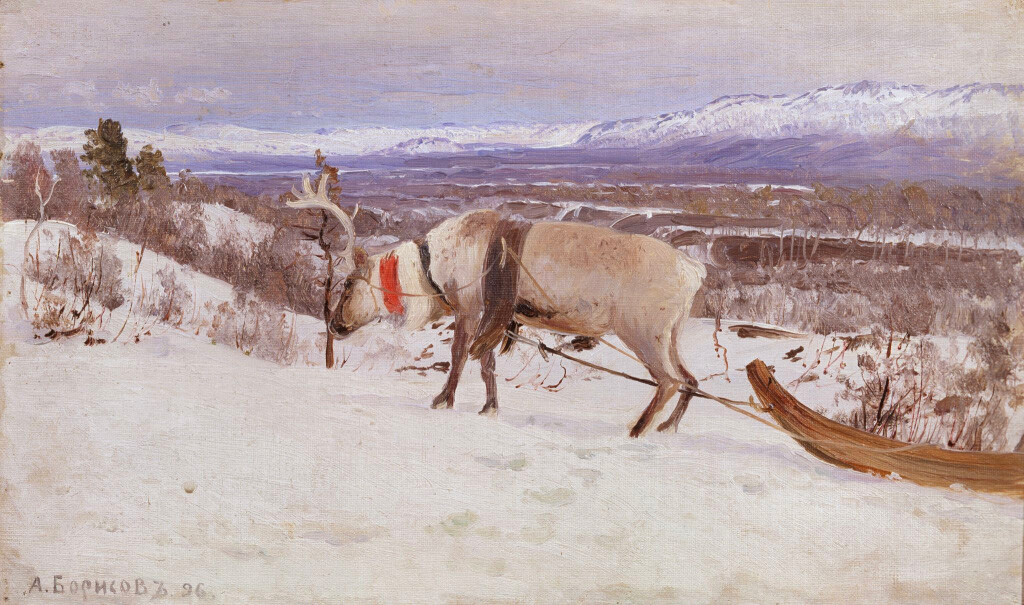
On Murman. Near the harbour. 1896.
Ttretyakov GalleryWhen the painter turned 18, he went on a pilgrimage to the Solovetsky Monastery with his mother and refused to leave it. Borisov had planned everything in advance and didn’t want to return from the very start – he wanted to get admitted to the icon painting school at the monastery. And he was accepted; thus, the path of painter Borisov began. Thanks to his outstanding success, just half a year later, he went to St. Petersburg and was admitted to the Academy of Arts in 1895 – the most prestigious artistic educational institution in the Russian Empire. There, he learned from famous Russian painters such as Ivan Shishkin and Arkhip Kuindzhi.
His life in the capital and the opportunity to study painting, however, didn’t change Borisov’s passionate love for the North. He was brought up in harsh northern parts, but they seemed to him as already well lived-in (Russian Pomors had been living on the shores of the White Sea and the Barents Sea for several centuries). He was beckoned by the North where the foot of a man hadn’t yet made a step.
As such, in 1896, Borisov went to the Far North for the first time, visiting the Novaya Zemlya archipelago. He drew the attention of famous collector Pavel Tretyakov with the works he brought from this trip. The founder of Moscow’s Tretyakov Gallery bought all the works made during this journey.
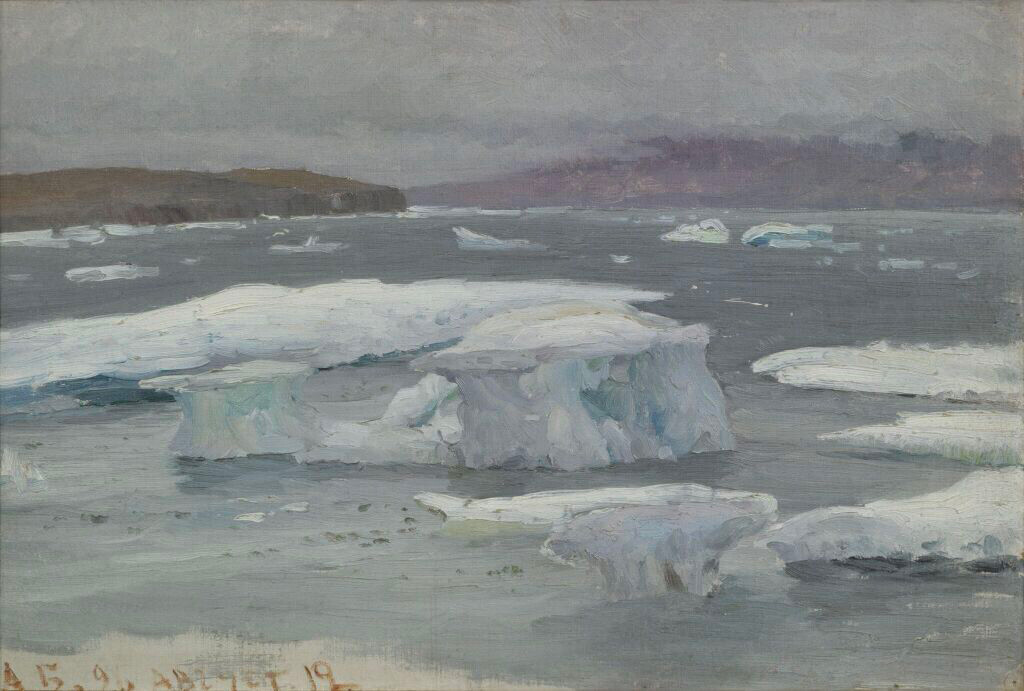
Polar ice in Matochlin shar (Novaya Zemlya, Summer). 1896.
Ttretyakov GalleryAfter graduating from the Academy, the painter began making regular trips to the North; in 1897, he organized his own expedition to Novaya Zemlya. For it, he ordered the ship called ‘Mechta’ from the Arkhangelsk wharf, hired several more vessels to transport everything he needed and hired a zoologist, a chemist and workers for his team. Borisov himself later wrote that he wanted to paint as many works during this trip as possible, to “acquaint society with the far reaches of our world – to grant them the real picture of the mysterious world where the foot of a painter had not yet stepped”.
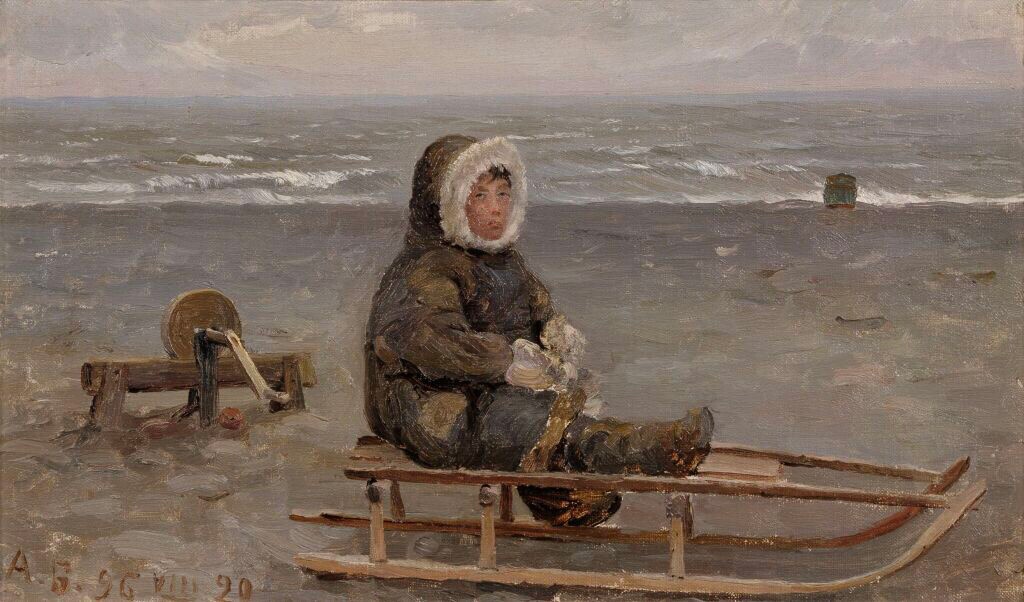
Nenets boy (Matochkin Shar, Novaya Zemlya). 1896.
Ttretyakov GalleryThe crew built a house at Novaya Zemlya and, having secured a place for themselves for winter, went further on to the Far North. The crew wanted to explore the islands of the Kara Sea and “go on further to the North, as far as possible”. But everything went awry.
The expedition nearly ended with the death of the entire crew. ‘Mechta’ got stuck in the ice and had to be abandoned. The explorers then had to walk over ice for many days.
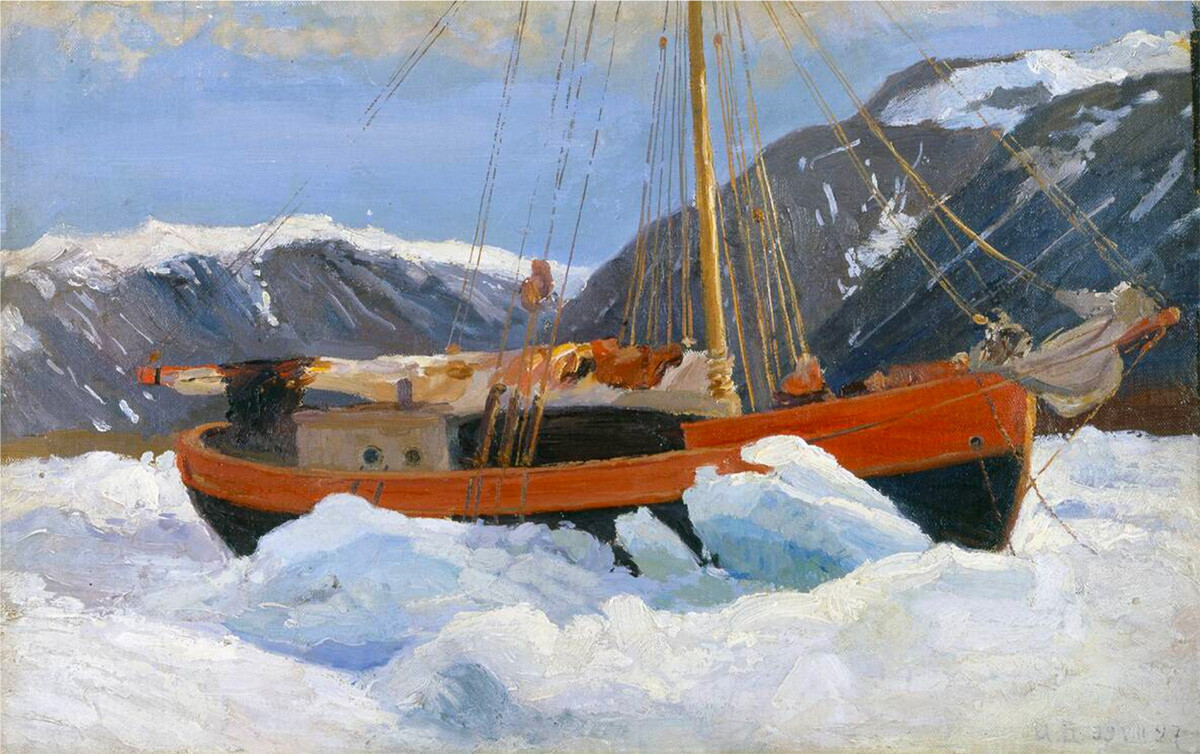
Boat in the Ice. Mechta Yacht. 1899.
The State Museum Association "Artistic Culture of the Russian North"At first, their belongings and food were dragged on sleds by dogs, but, when the ice grew thin, they slipped into an icehole, taking the entire load with them. Later, the ice floe on which the crew was broke apart and the explorers got separated. The stream carried them a long way away from each other, but, miraculously, they found each other again. By that moment, everyone had already lost their hope to survive and Borisov decided to save the crew members who had families. He ordered them to take the only boat and go to Novaya Zemlya by themselves. The broken vessel wouldn’t have been able to carry everyone. But, his companions refused and the crew continued on in its entirety. “We had to walk on, but how does one walk when you can barely move your legs? We all sat in the snow; no one wanted to talk to each other or look each other in the eye. Everyone had the same thought – about death. Falling asleep in the night, you have no hope to see the dawn again,” Borisov wrote about this terrifying trip. The situation weighed down on him more than anyone else, since he was the leader of the expedition and thought himself guilty, but it was this responsibility that gave him strength.
The deliverance came from where no one expected it. Soon, Borisov noticed the yurts of the Nenets people. They saved the crew from an icy death.
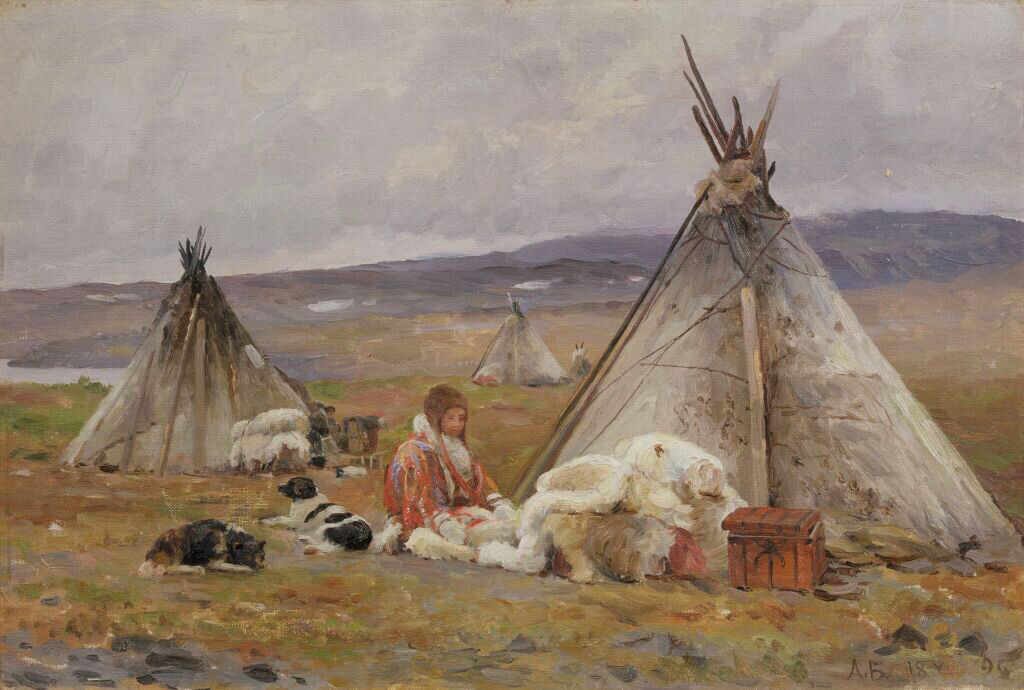
Nenets' chum in Malyie Karmakuly. Novaya Zemlya. 1896.
Tretyakov GalleryBorisov’s further expeditions went smoother – also because of his friendship with the Nenets people. The local chief gave the painter a letter that allowed him to travel freely among the Nenets’ settling grounds, not having to fear for his life. But, he didn’t end up needing this letter – he quickly became a friend of the locals. He, like them, slept in a pit in snow, drank deer blood, ate raw meat and went hunting. Borisov recited his impressions from living among the Nenets people in his book ‘Visiting the Samoyeds. From Pinega to the Kara Sea’. The painter grew so accustomed to this life that the Nenets even allowed him to visit their sacred places – he became the first explorer to visit the Nenets idols on Vaygach Island.
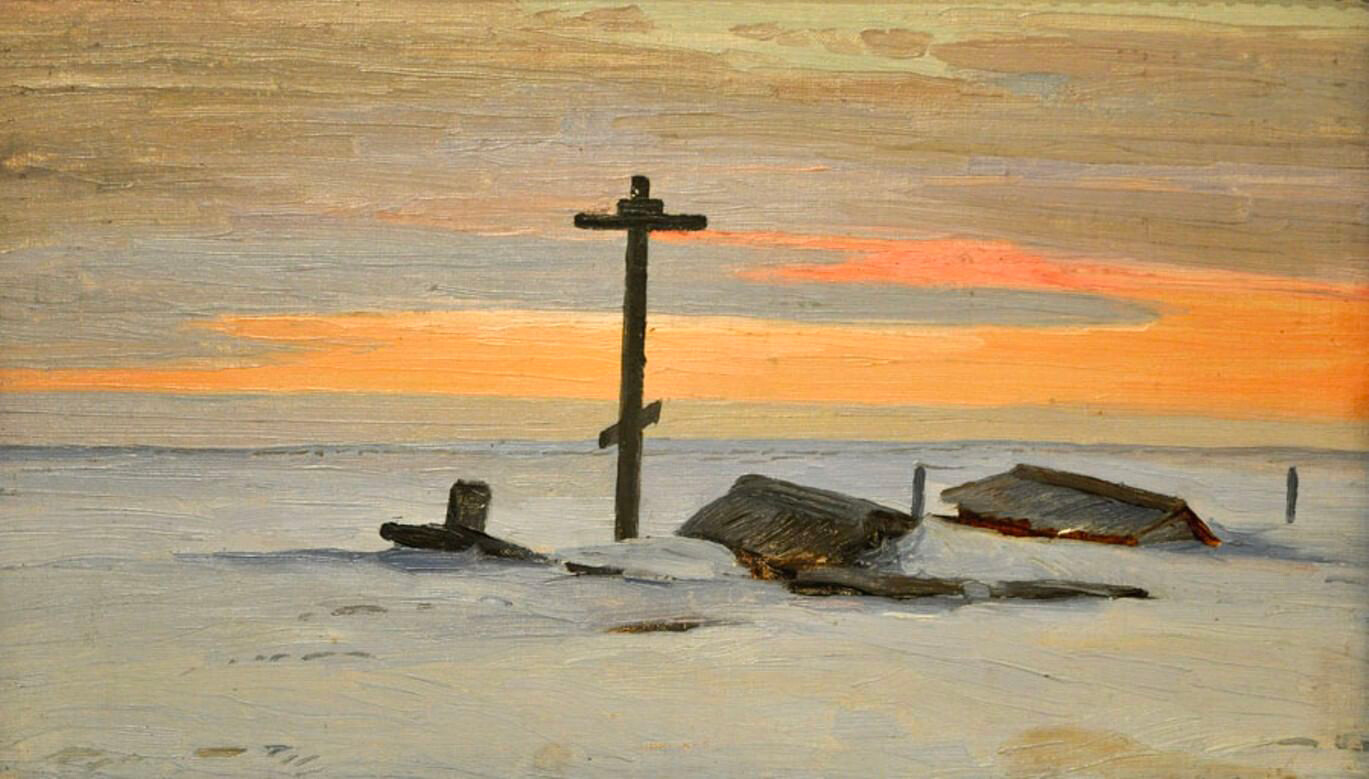
Cemetery on Vaygach Island. 1898.
Private collection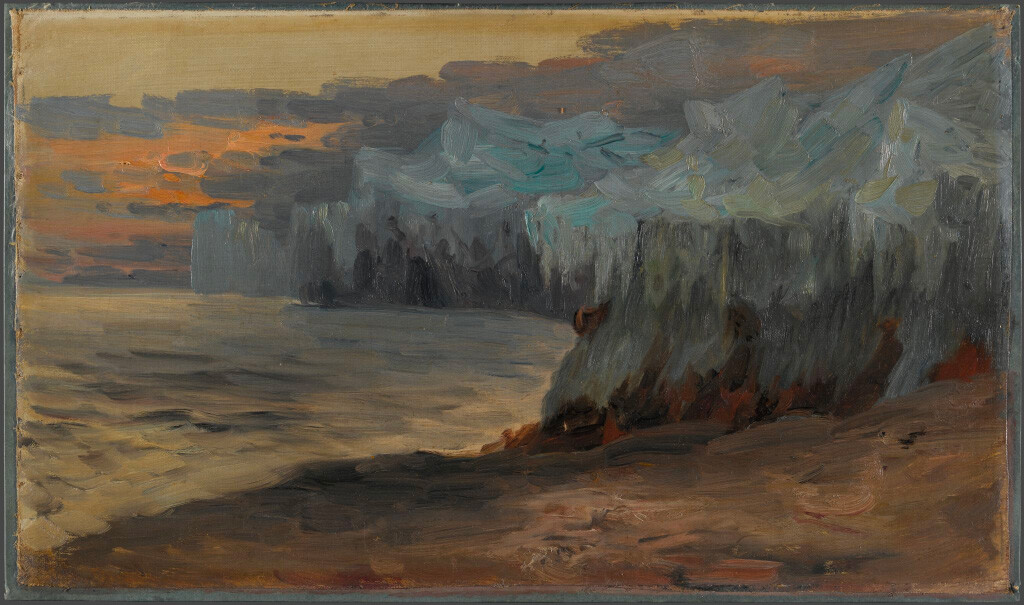
Among the ice. 1896.
Tretyakov GalleryAt the beginning of the 20th century, Borisov went to Europe, where he arranged several of his personal exhibitions. Apart from paintings, he brought photographs taken by him during his expeditions. The exhibitions were held in Germany, Austria, Czechia; in 1906, an exhibition opened in Paris. Later, his exhibitions with great success were held in England and the U.S. - in the United States, the painter even had the honor of meeting then President Theodore Roosevelt.
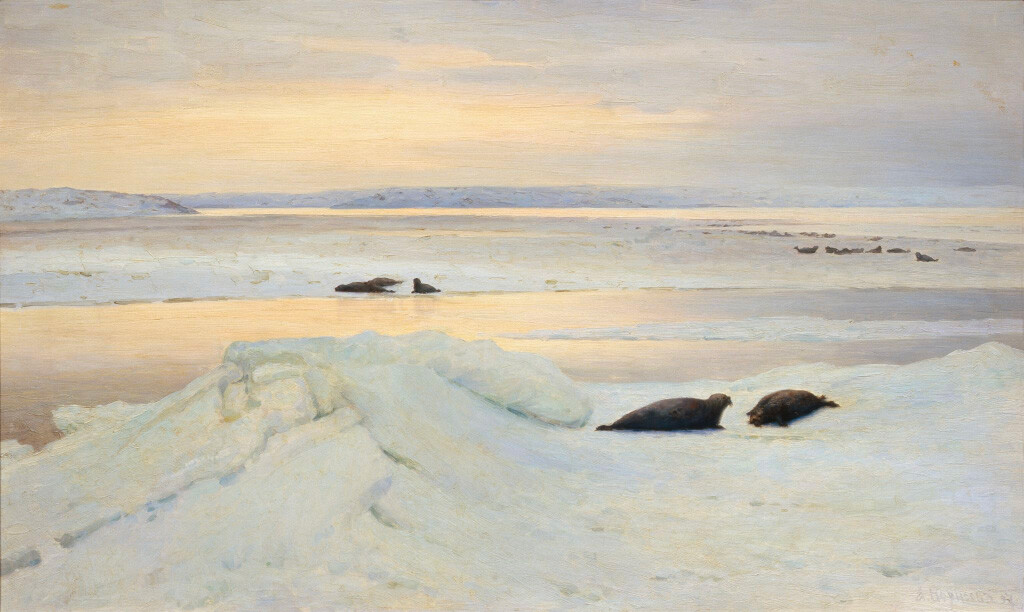
Spring polar night. 1897.
Tretyakov GalleryAfter the Revolution and the Bolsheviks’ ascent to power, Borisov lost his workshop. Allegedly, due to his strained relations with Igor Grabar, an influential painter in the Soviet Union and a member of cultural commissions, Borisov’s own hall in the Tretyakov Gallery was also closed.
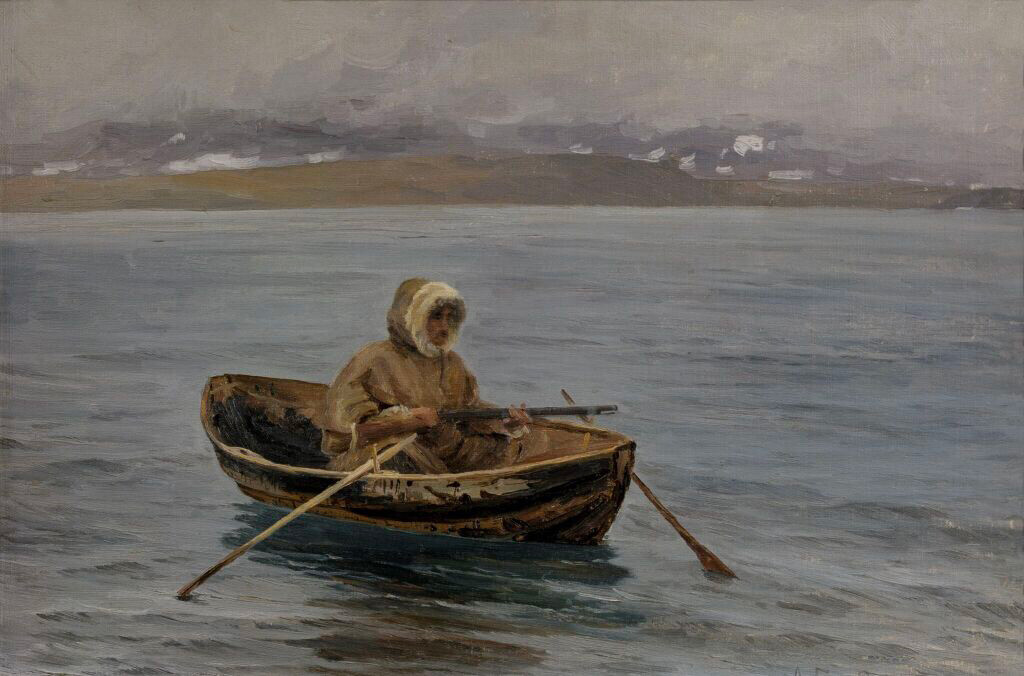
Waiting for a sea beast (From the life of Novaya Zemlya Samoeds). 1896.
Tretyakov GalleryThe restoration of the memory of the painter began only in the 1990s. Today, you can see his works at the Tretyakov Gallery; Borisov’s estate in Krasnoborsk (Arkhangelsk Region) also became a museum in 2001.
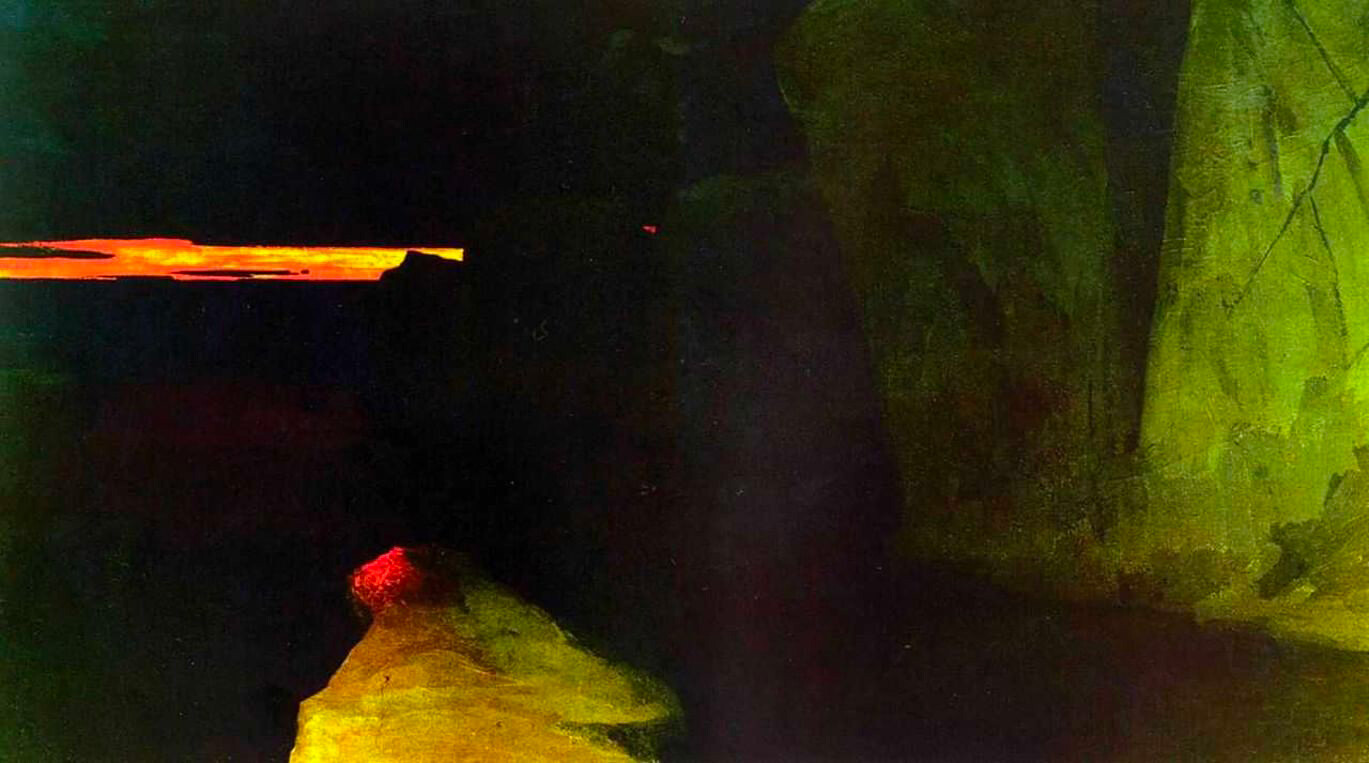
Country of death. August night in the Arctic Ocean. 1913
Private collectionDear readers,
Our website and social media accounts are under threat of being restricted or banned, due to the current circumstances. So, to keep up with our latest content, simply do the following:
If using any of Russia Beyond's content, partly or in full, always provide an active hyperlink to the original material.
Subscribe
to our newsletter!
Get the week's best stories straight to your inbox